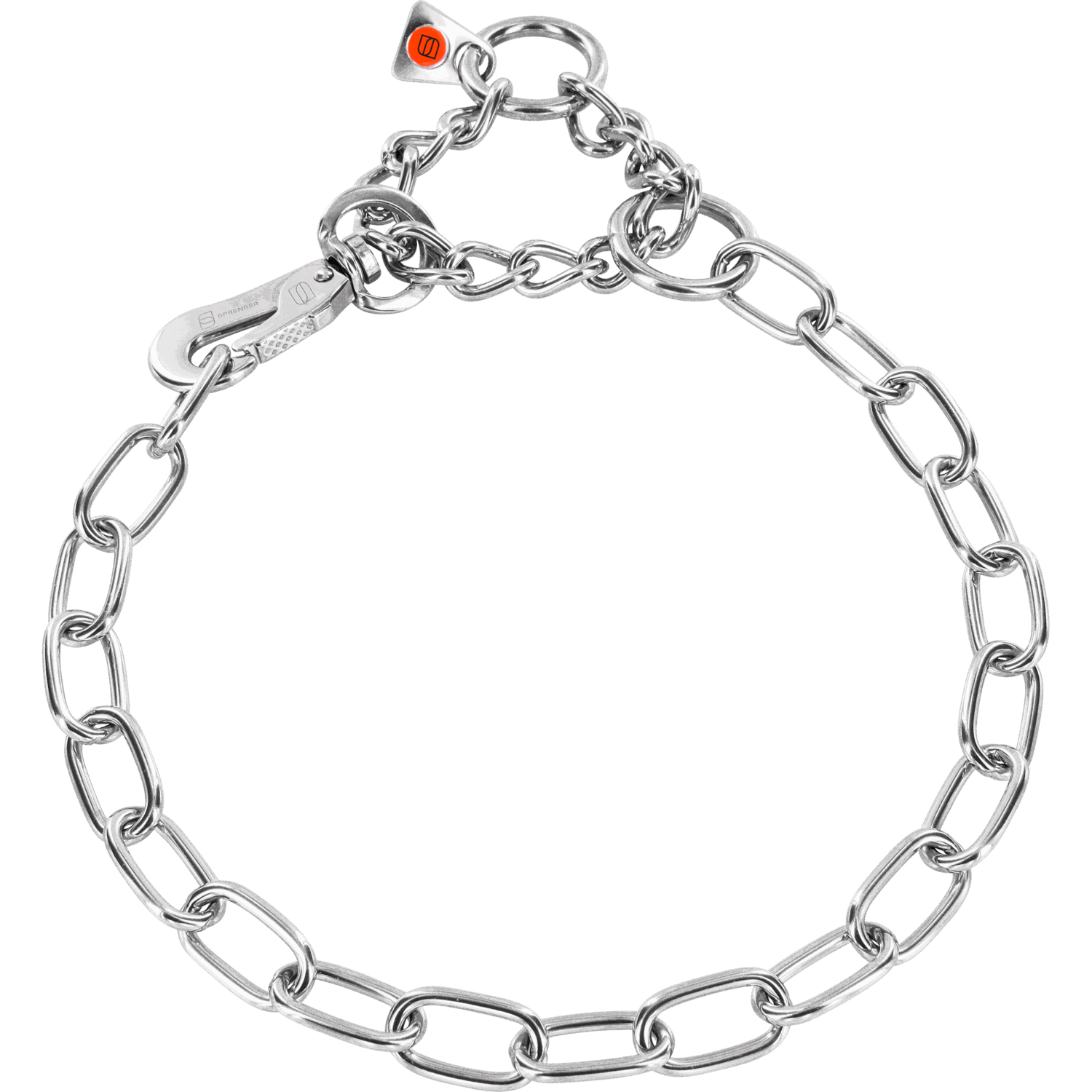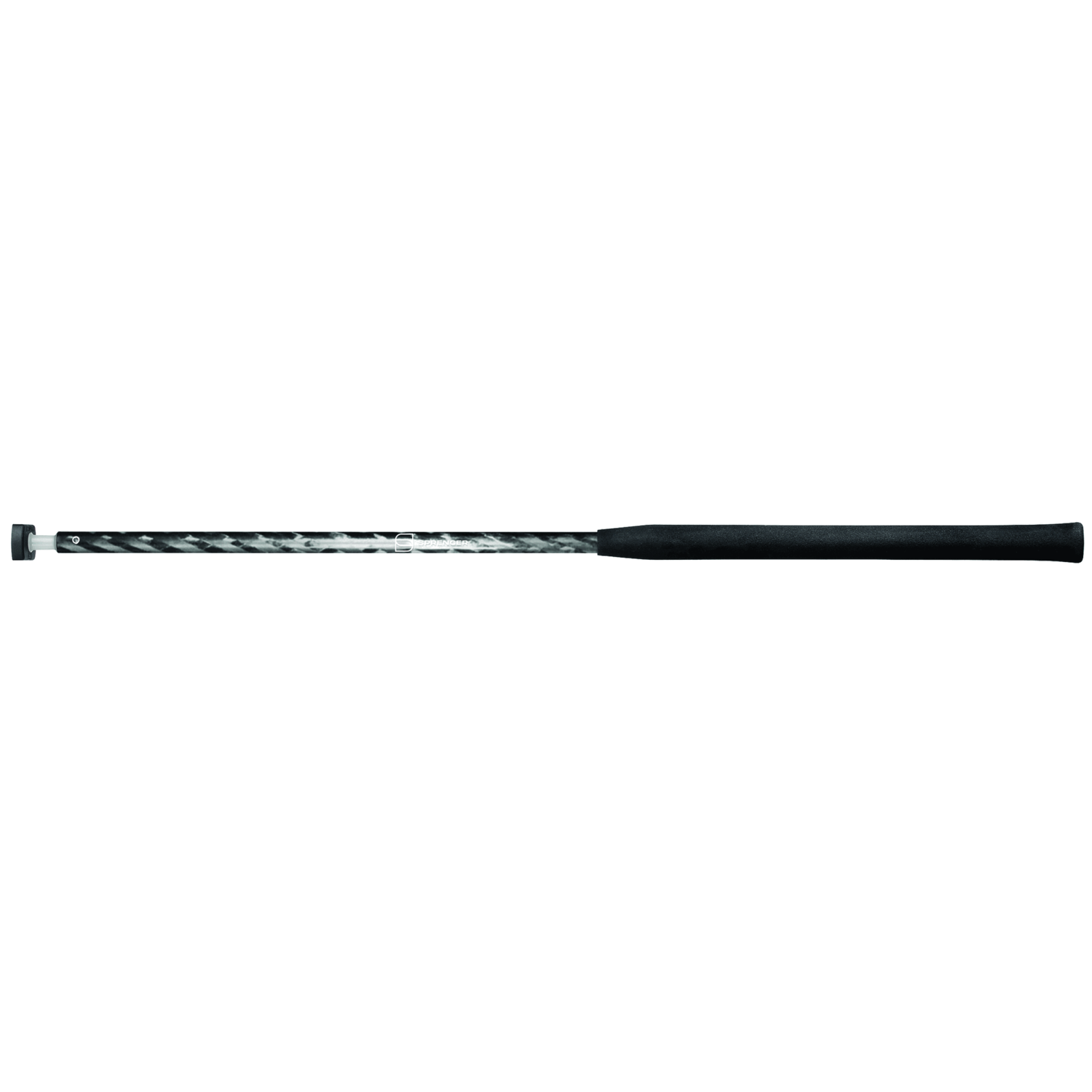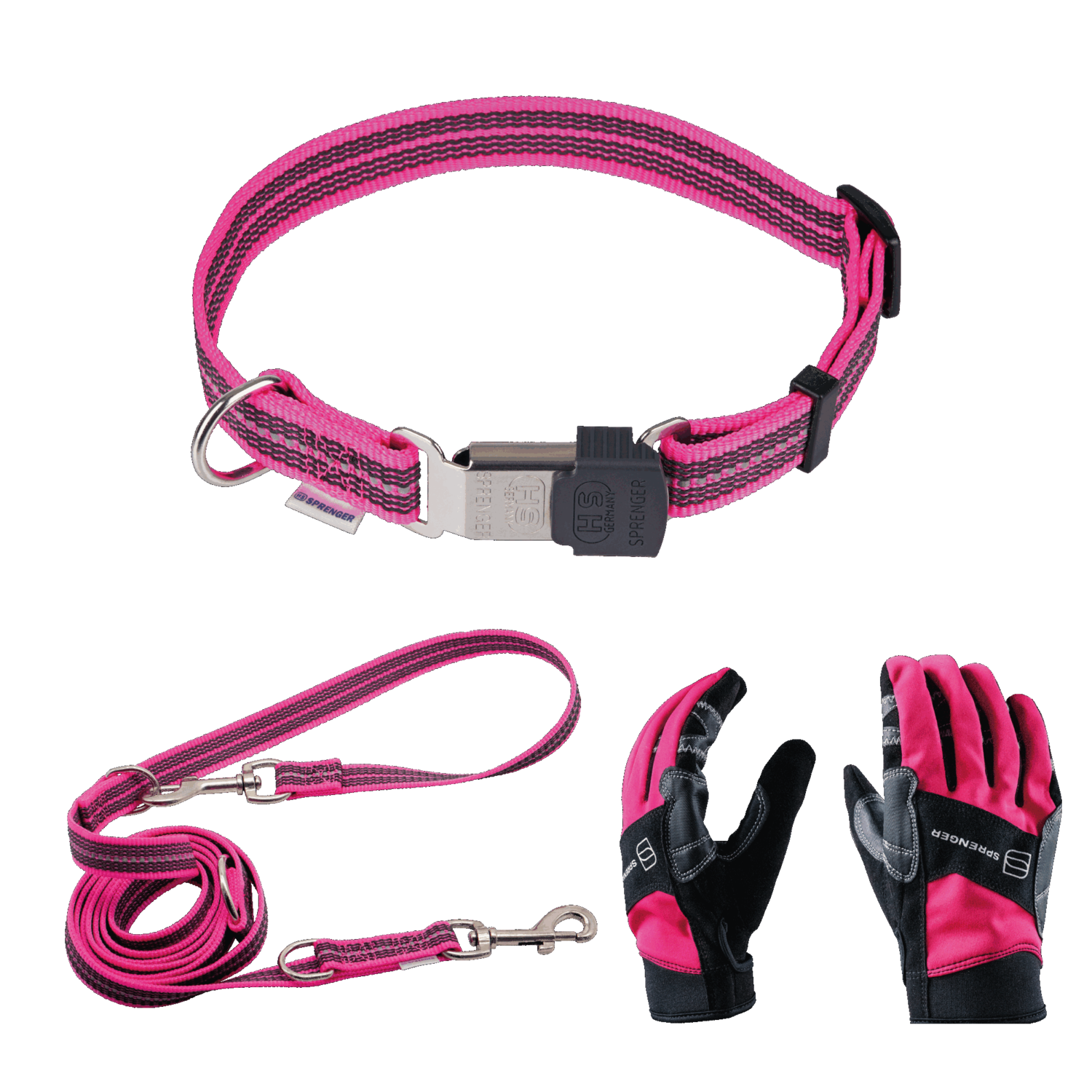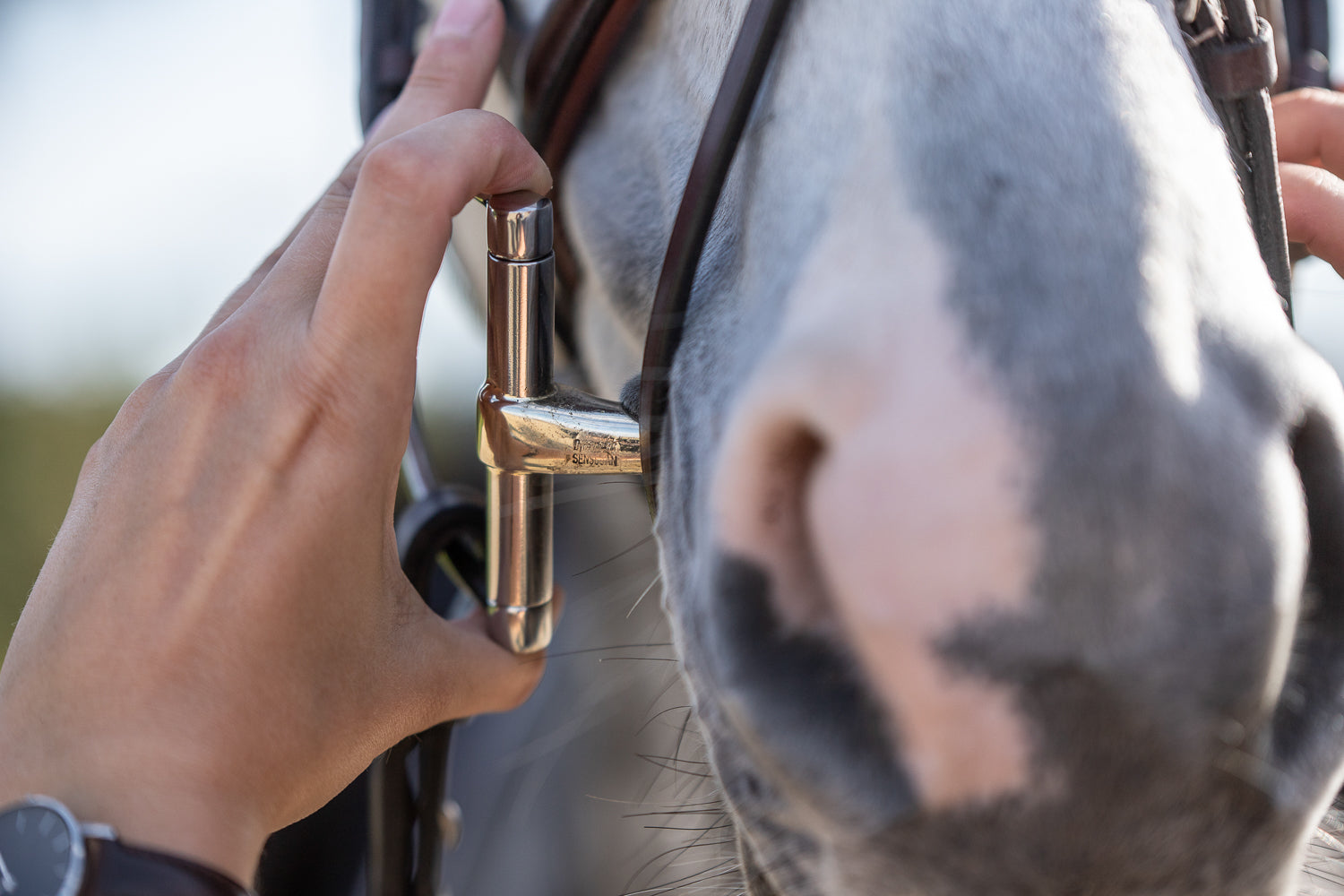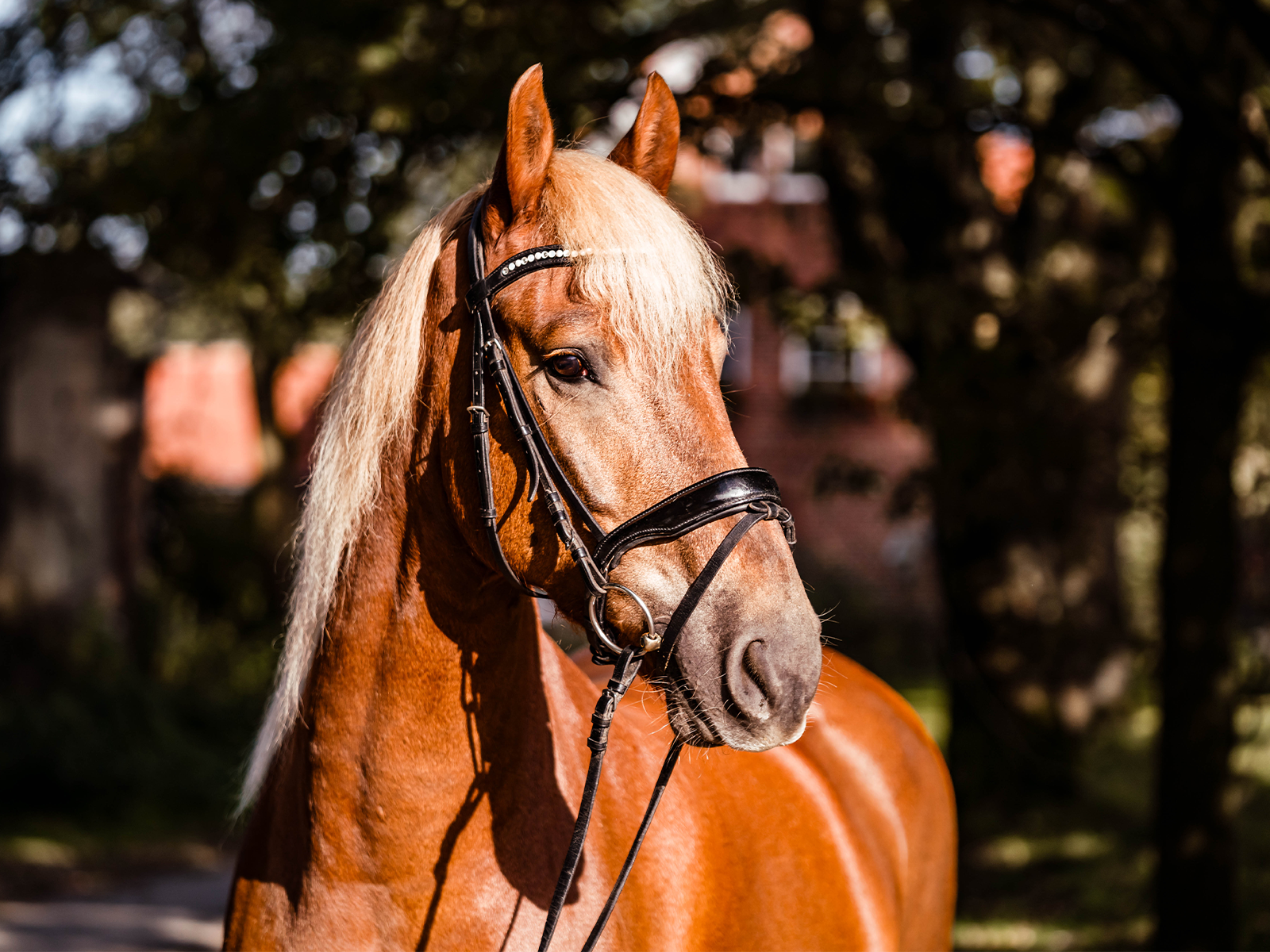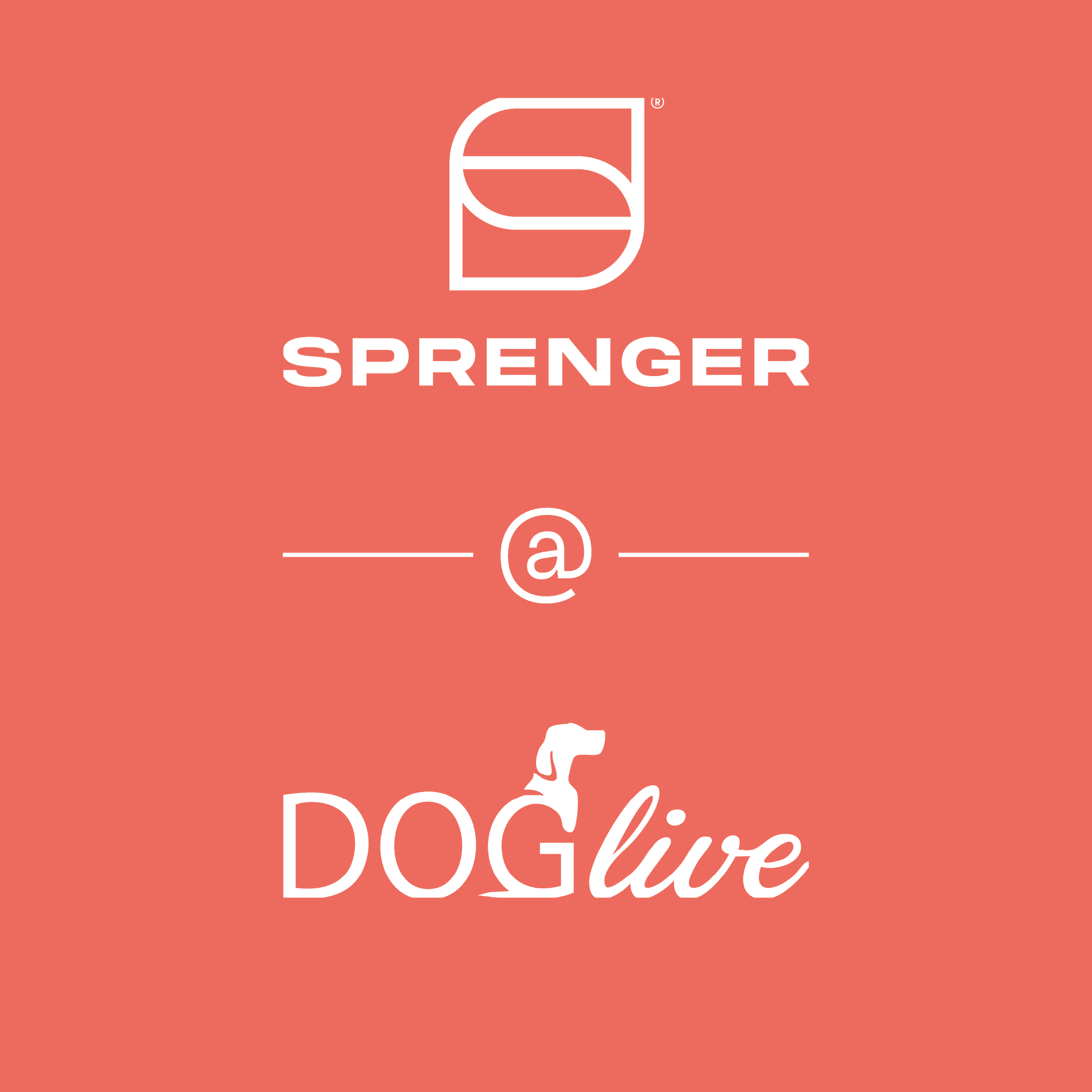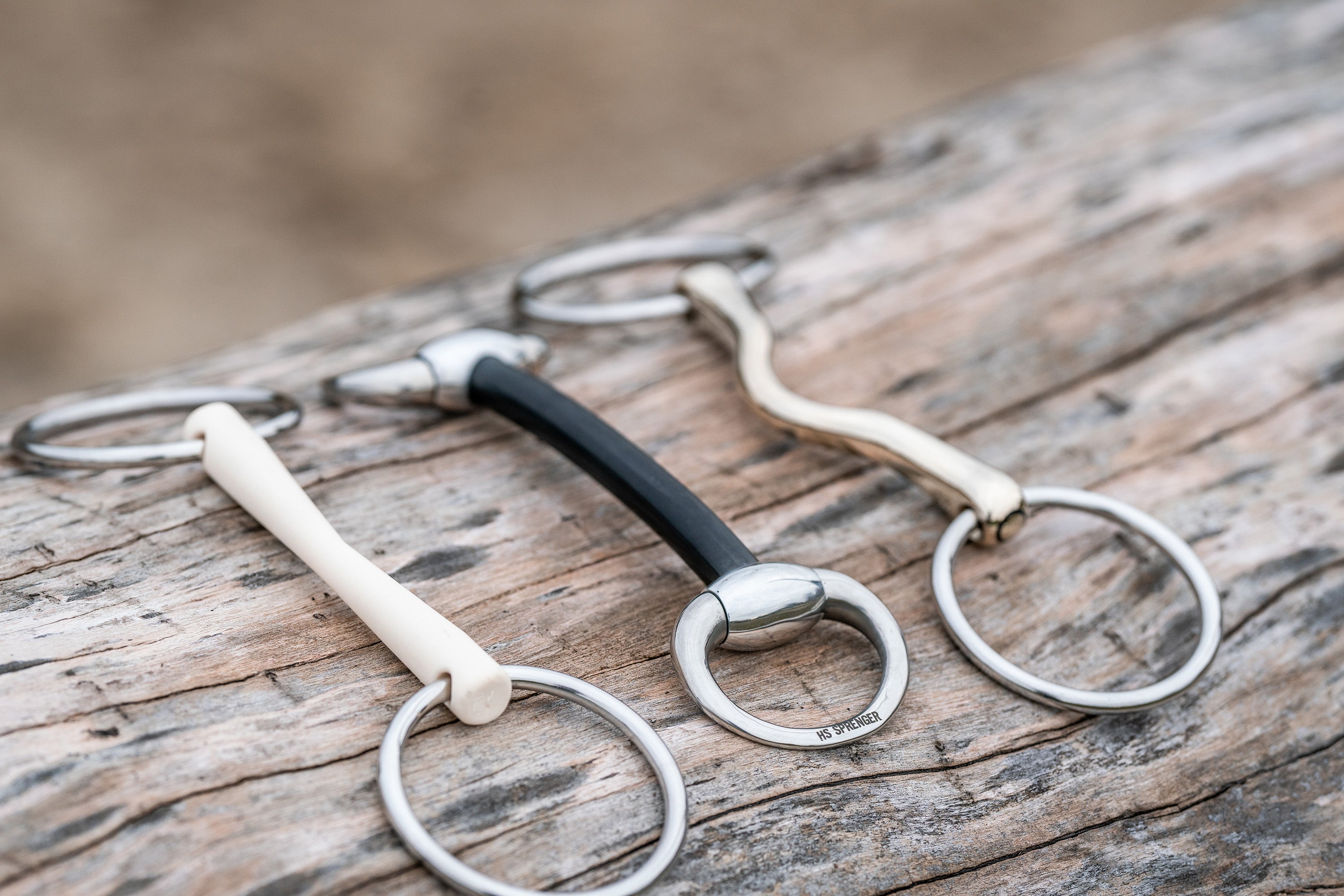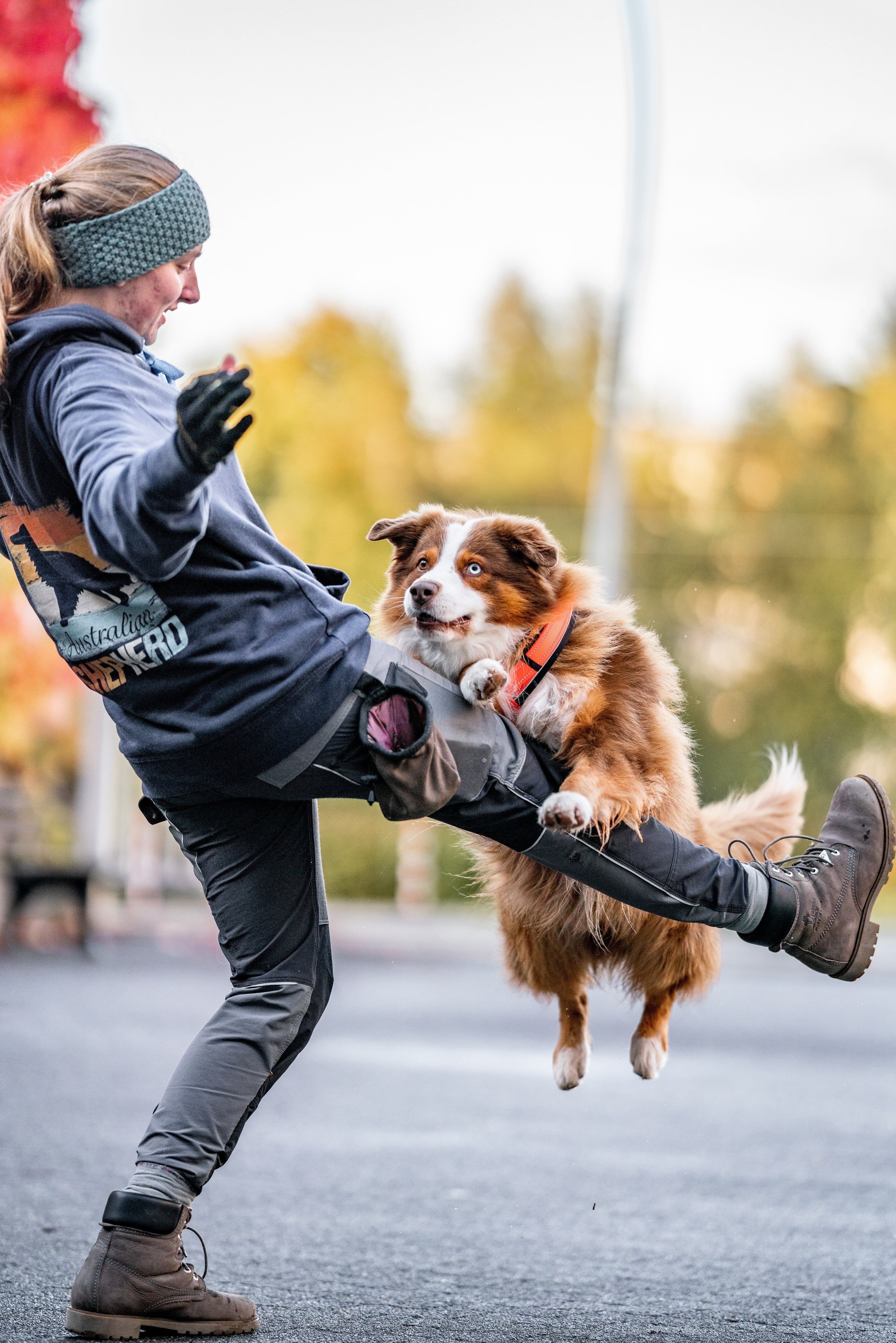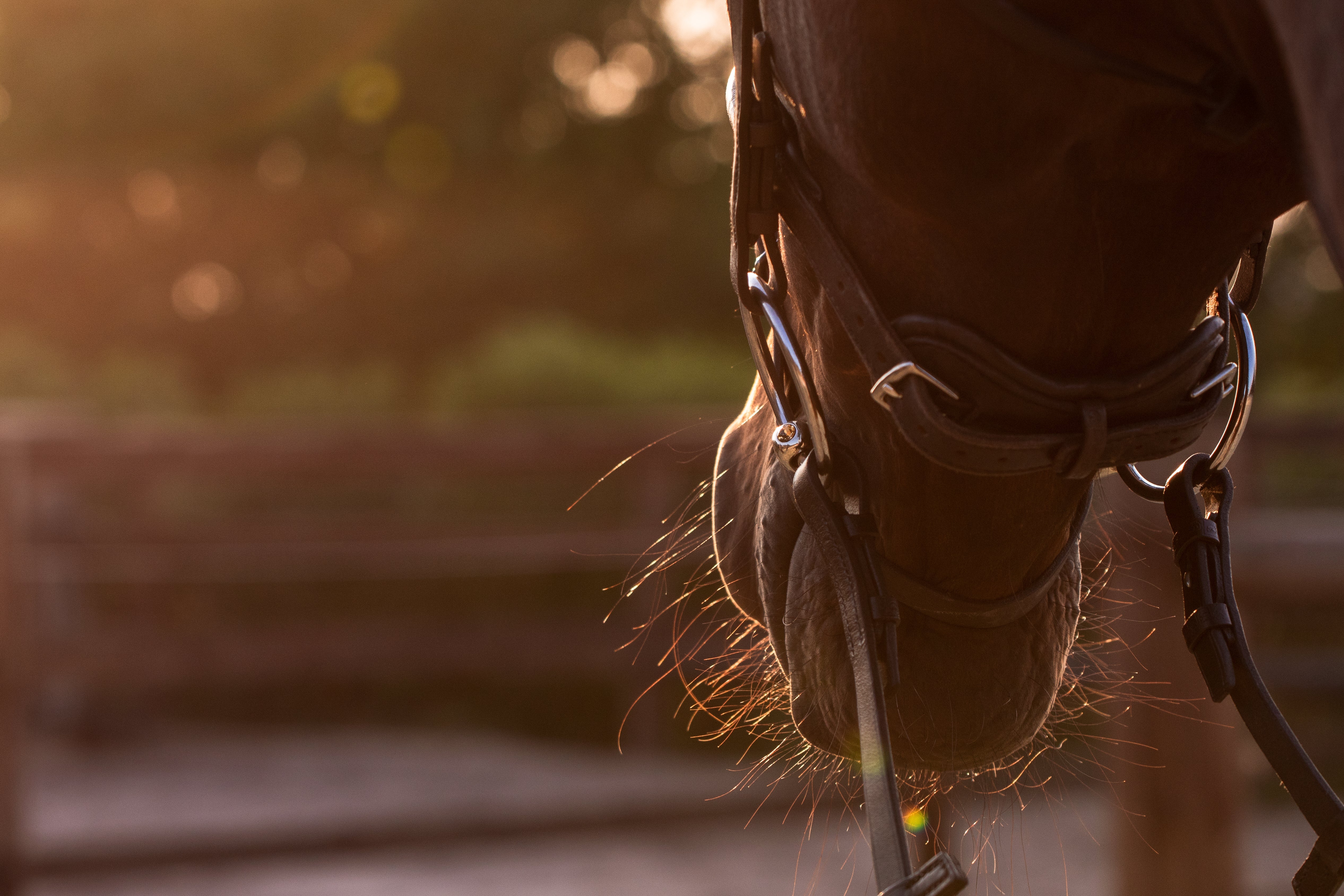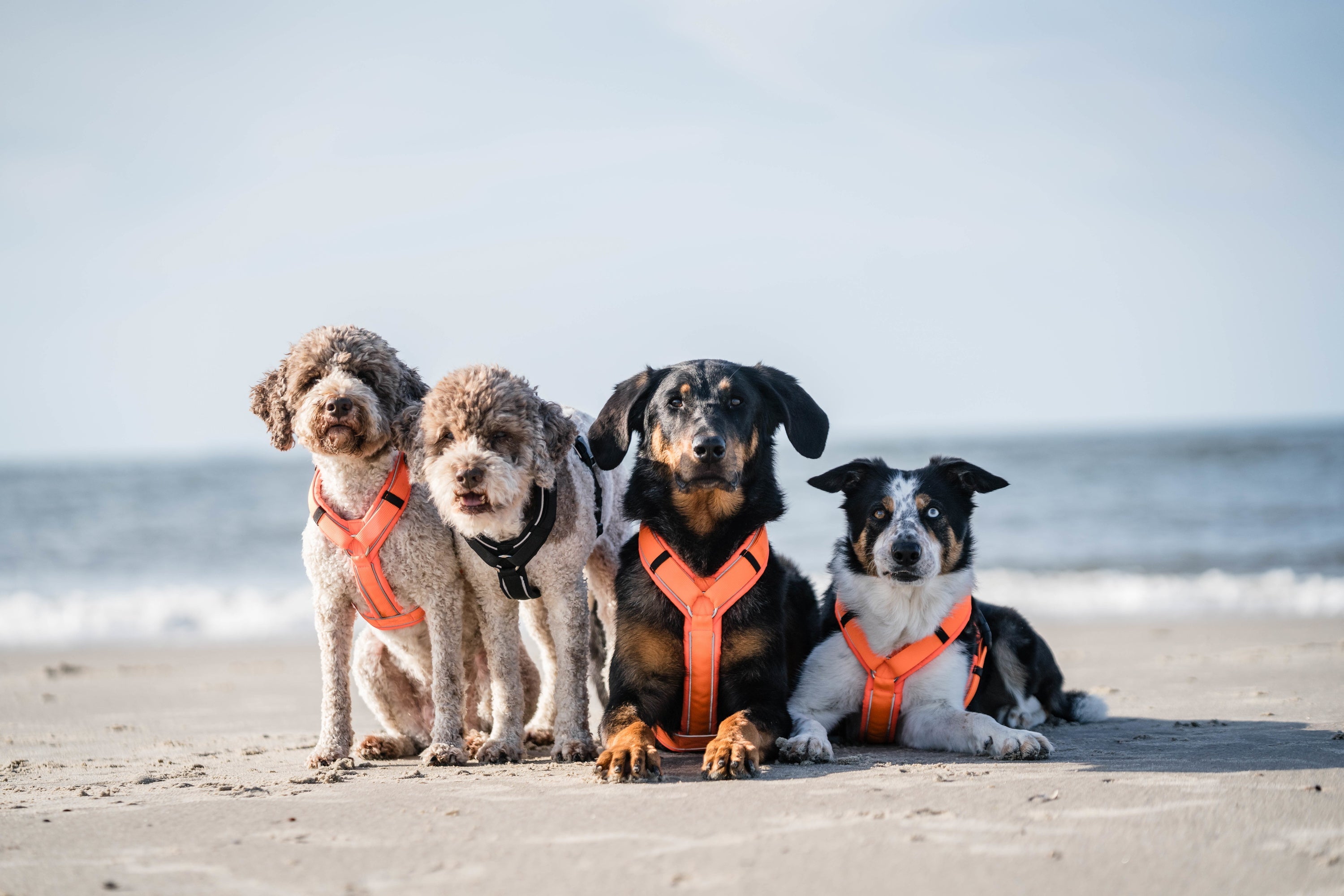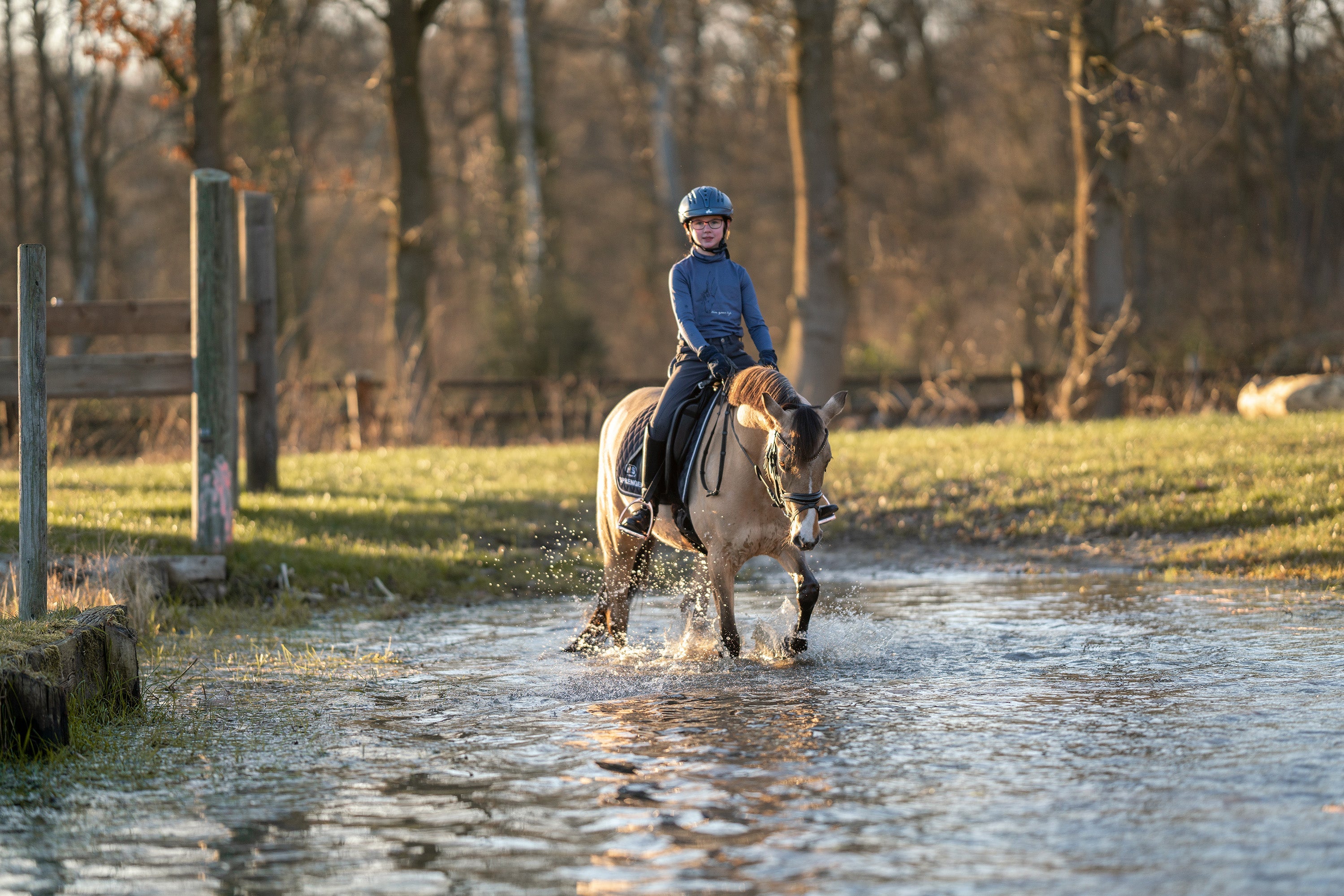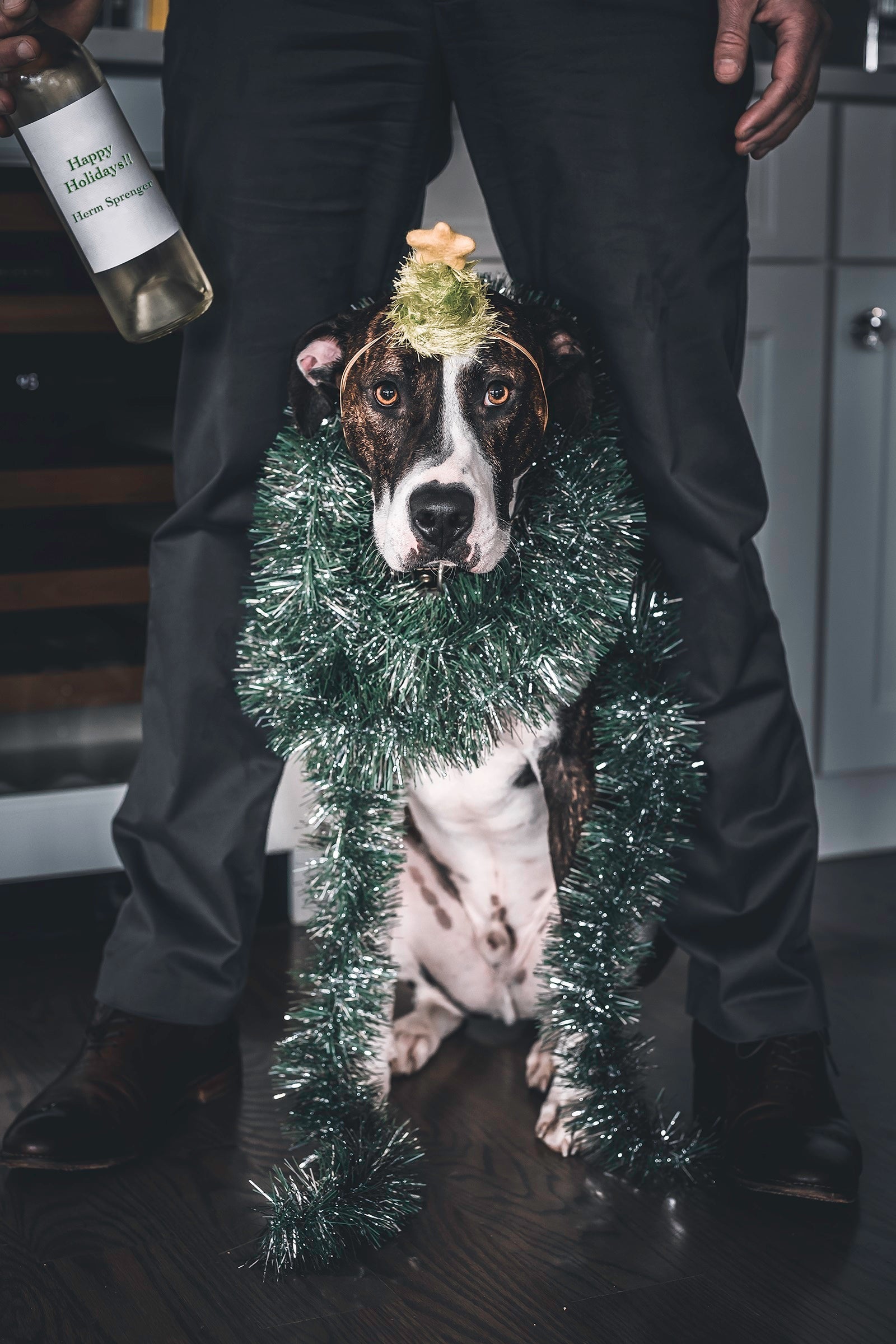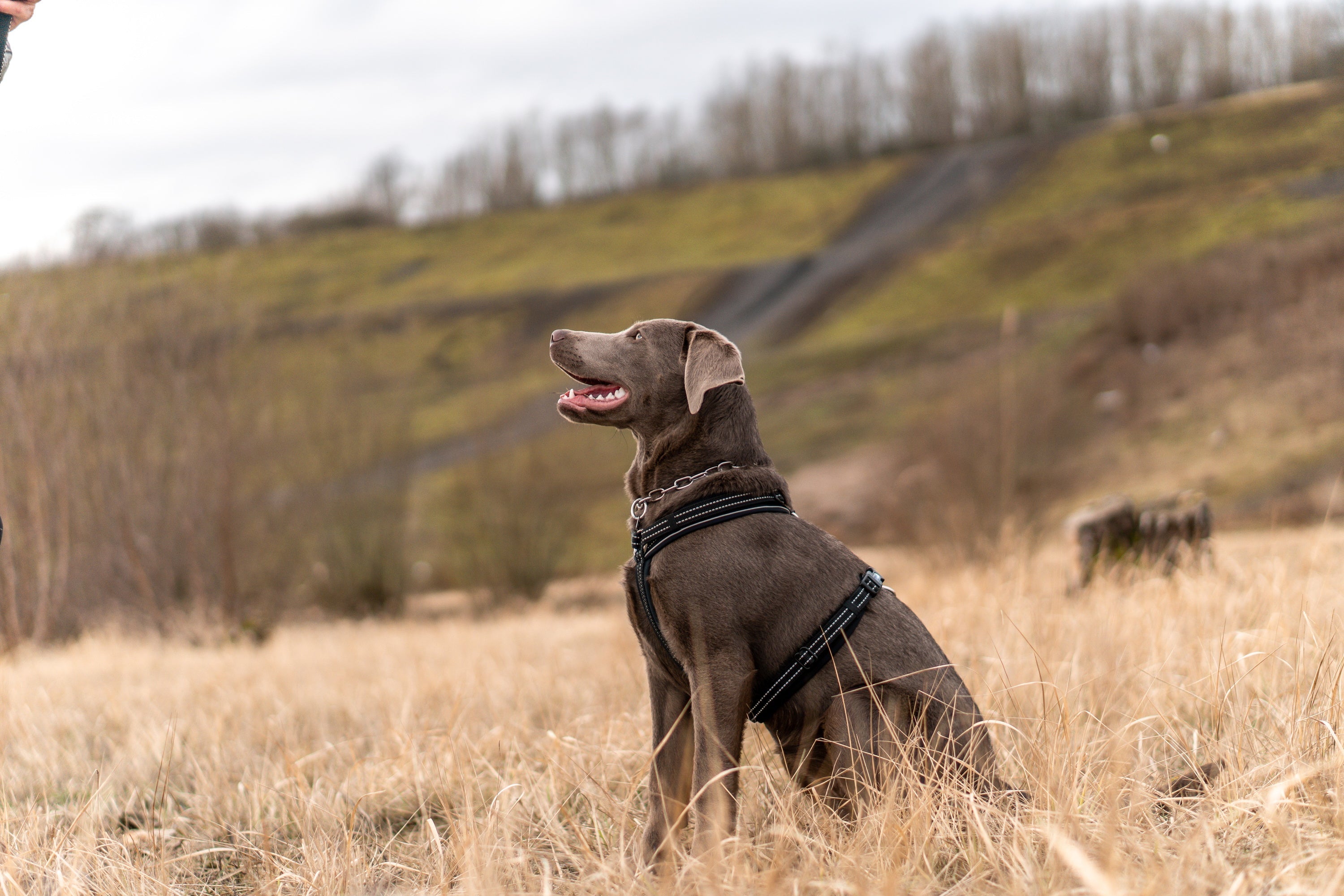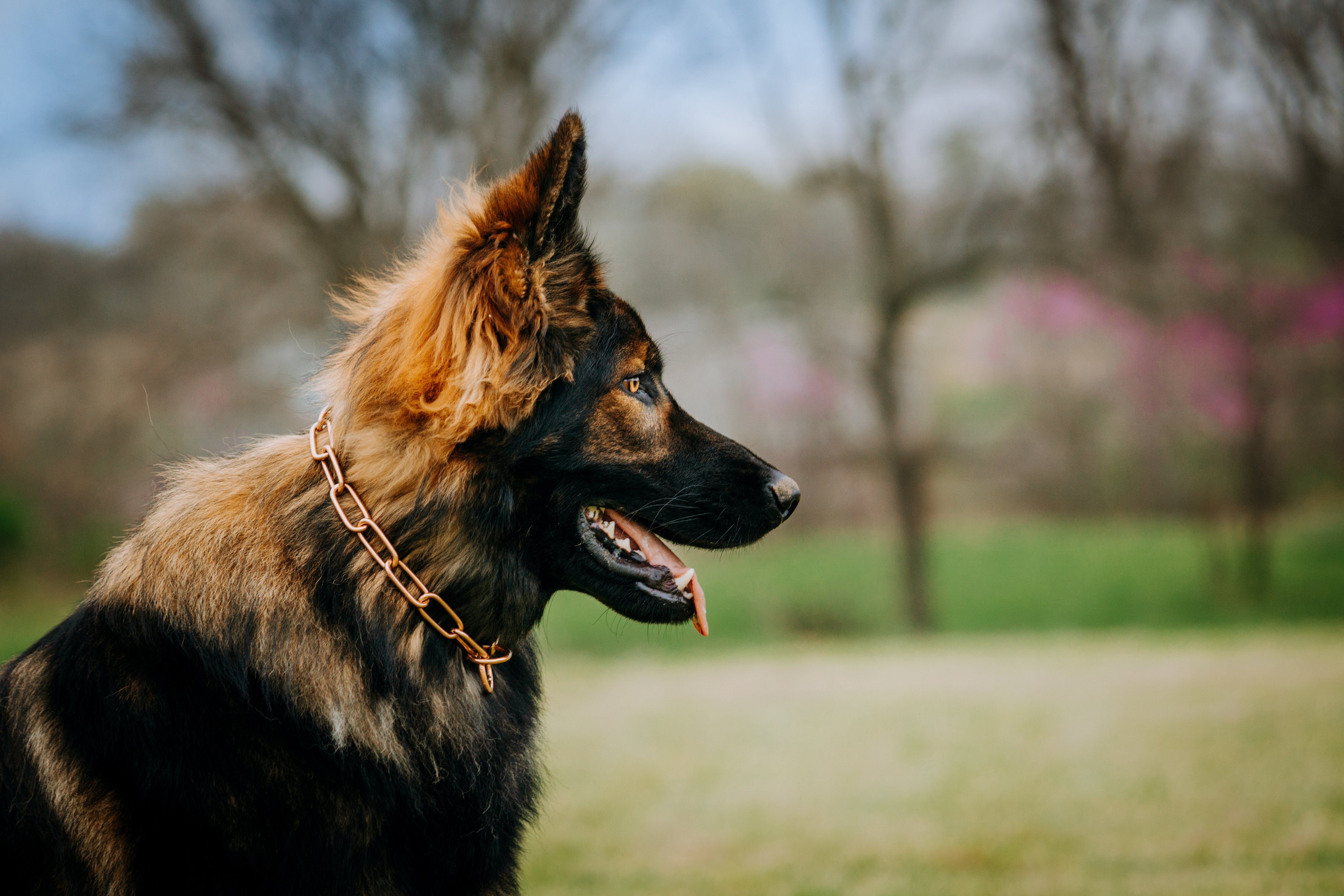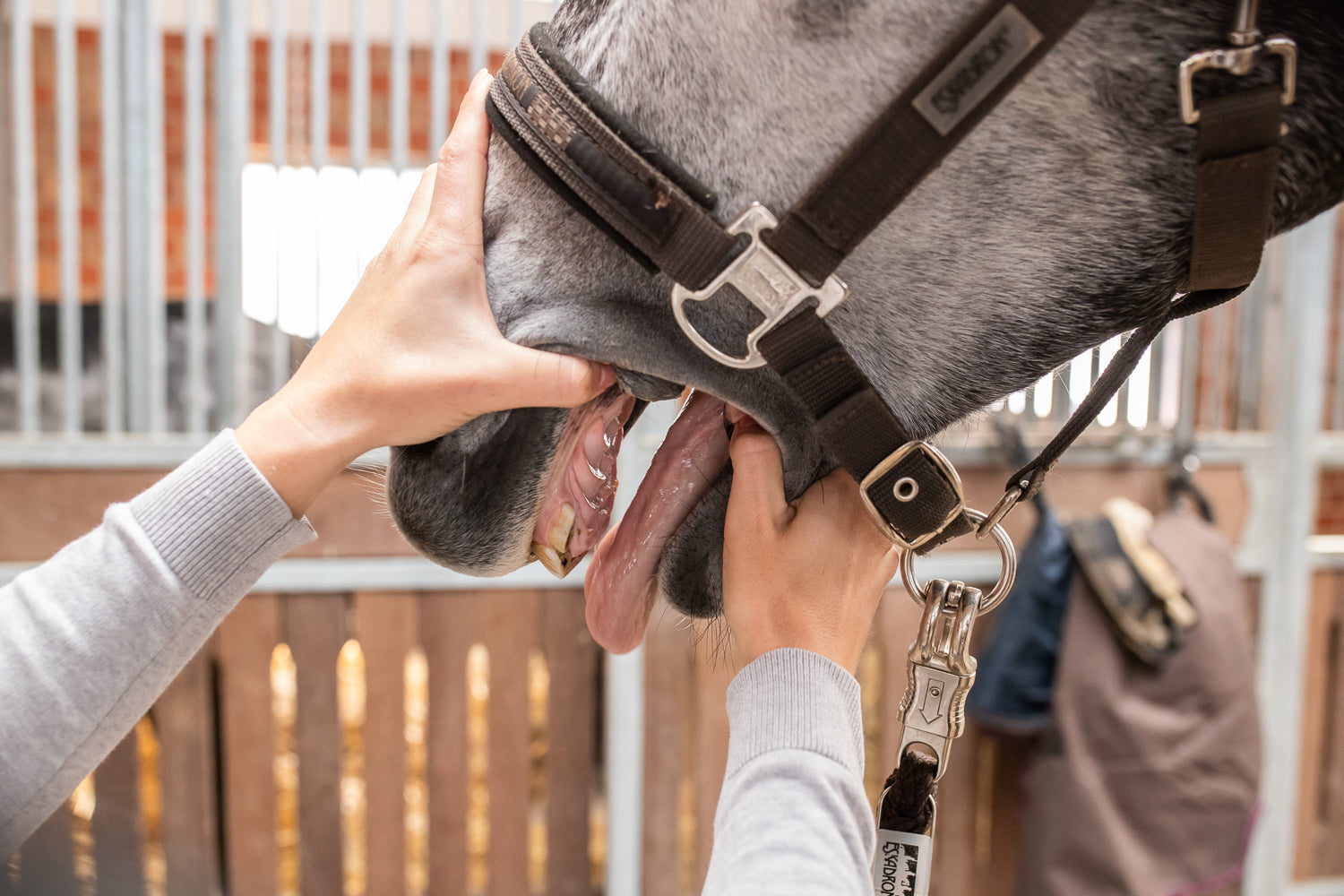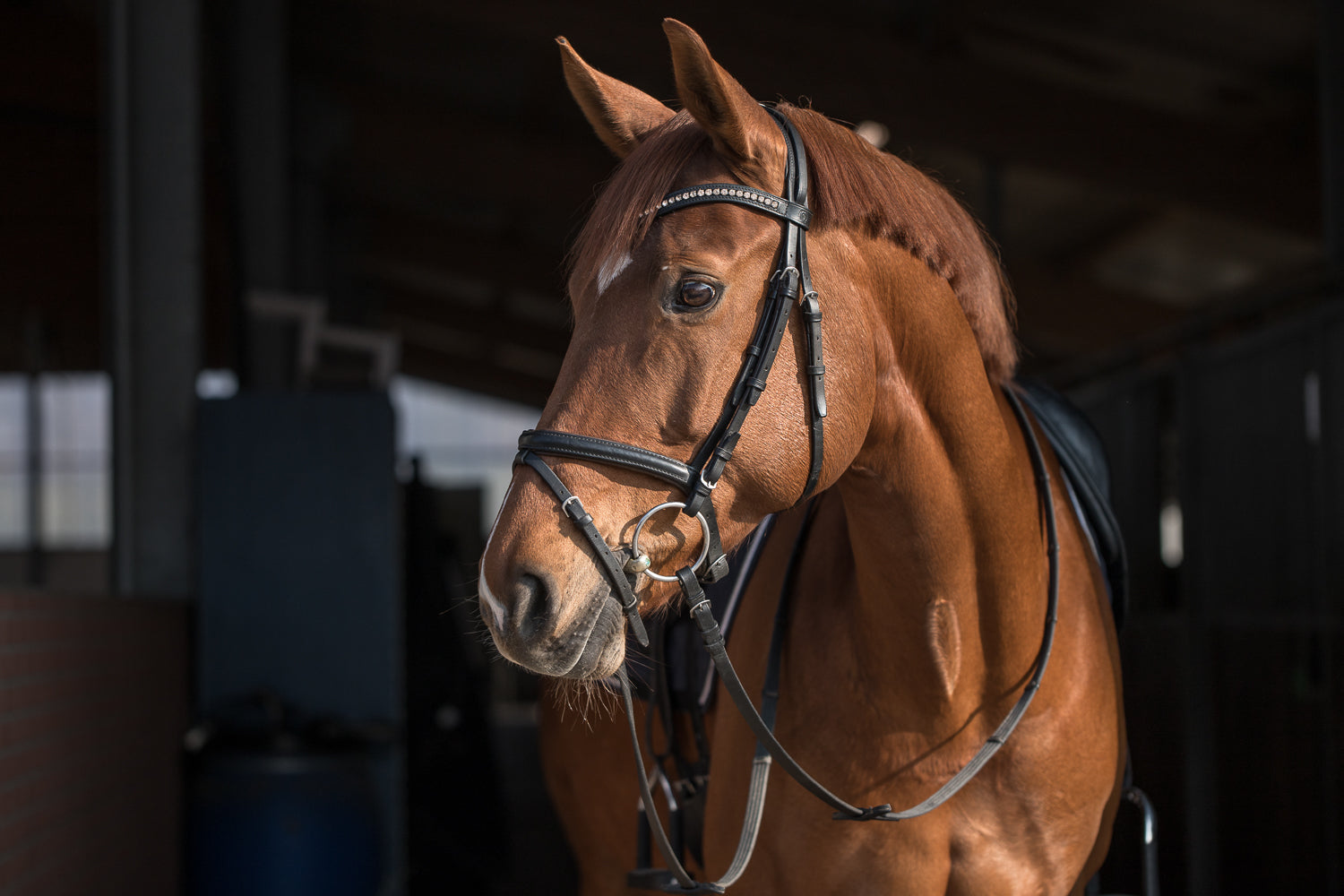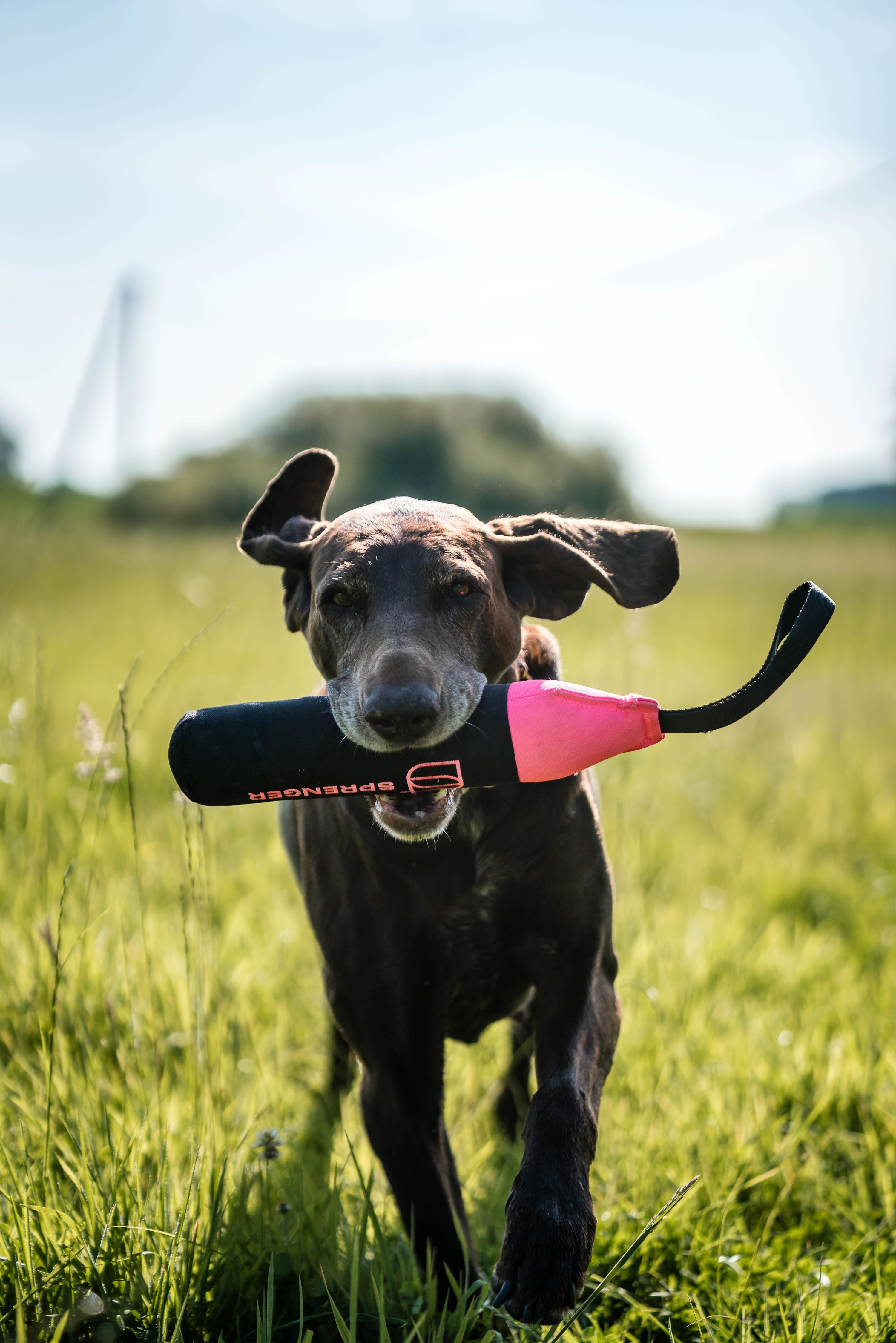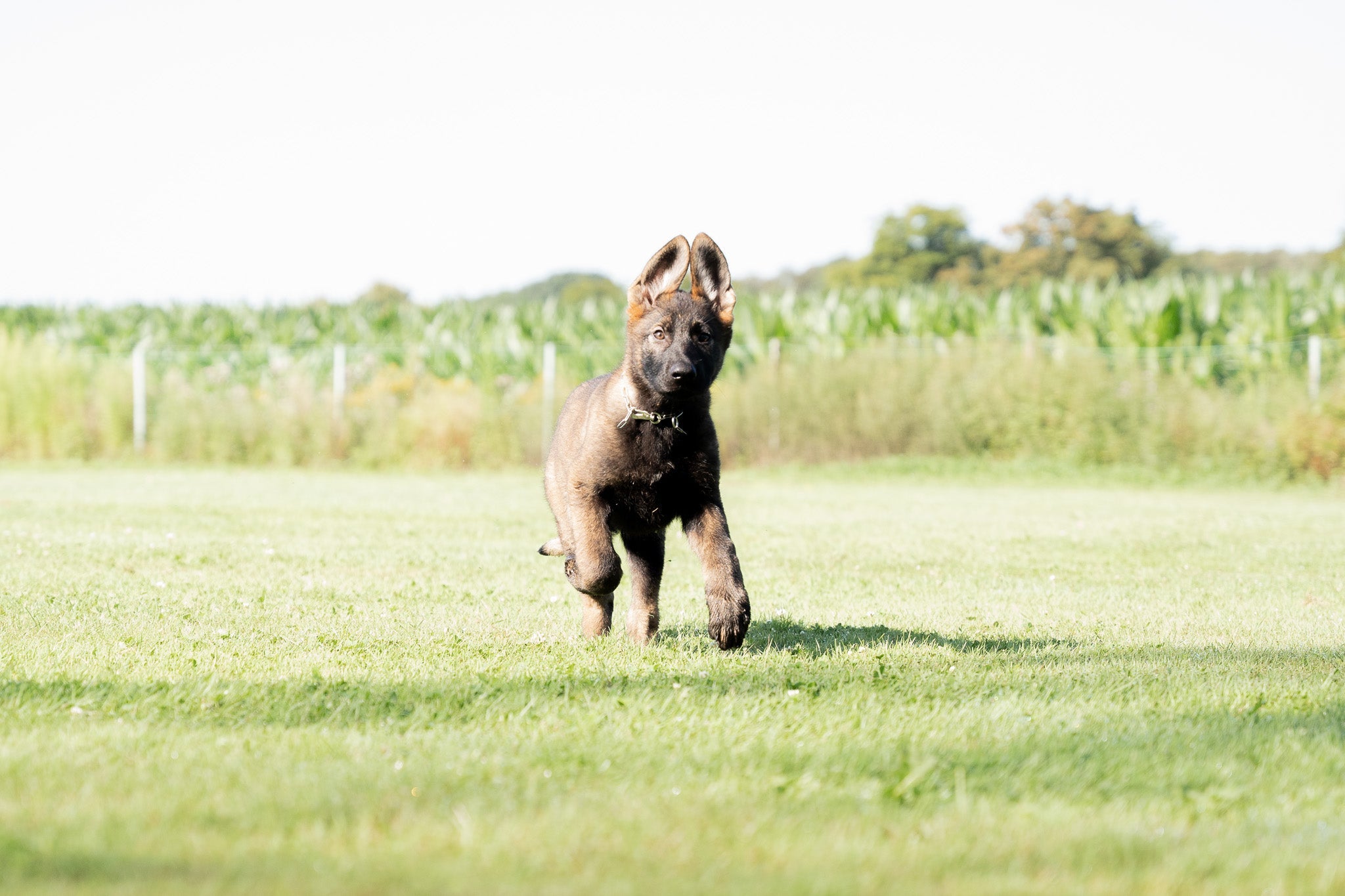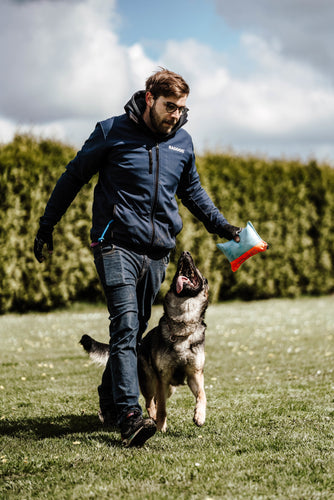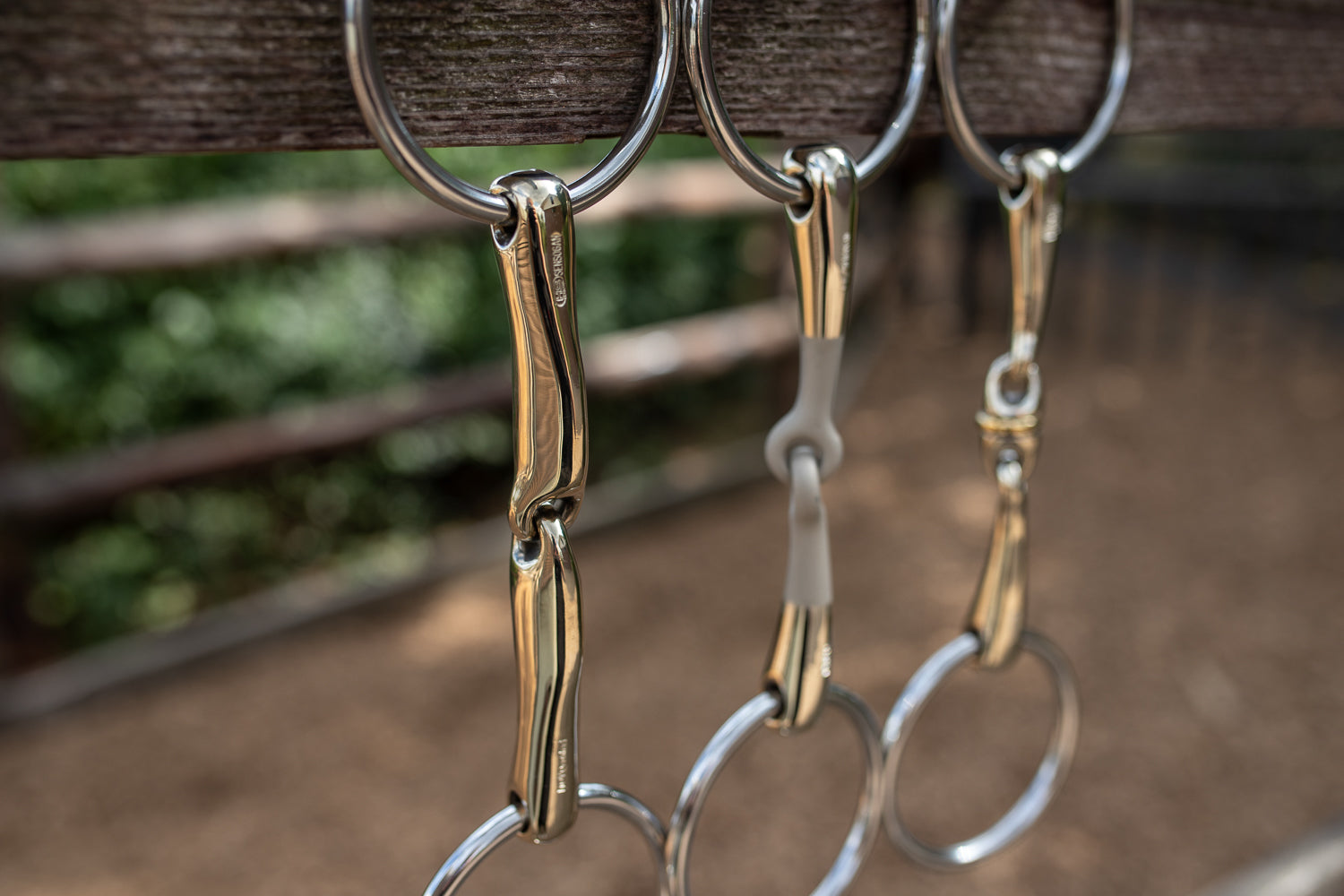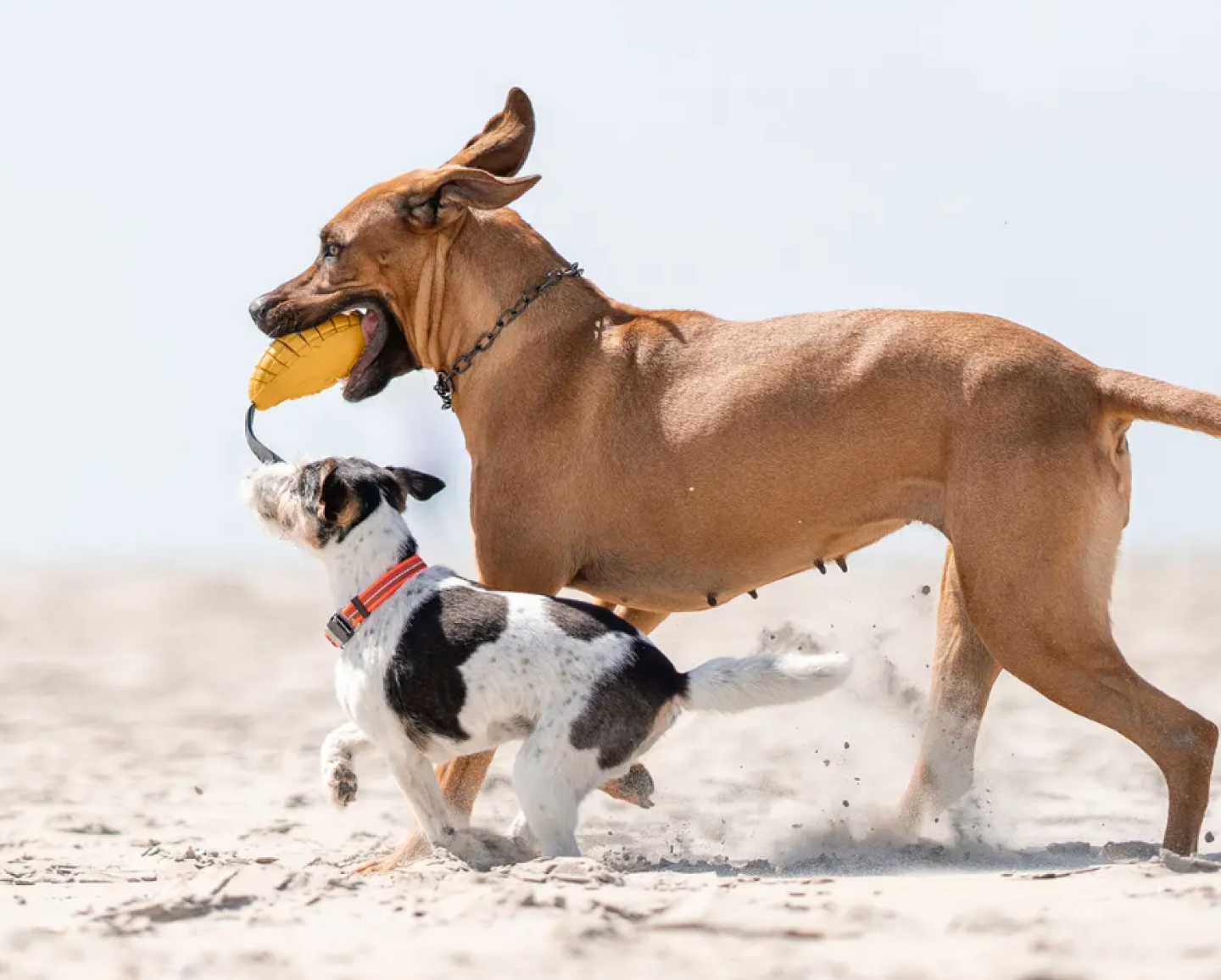
A proper dog leash is part of the essential equipment for dogs and dog owners. However, due to the wide range of designs, materials and lengths available, it can be difficult to find the right leash for you and your dog.
To help you make the right choice, we'll tell you everything you need to know about dog leashes in our guide!
Types of dog leashes
Dog leashes come in a variety of styles and variations, the most common types of dog leashes include:
- adjustable dog leashes
- dog leashes with hand strap
- dog leashes without a hand strap
- search lines (also tracking leashes)
- roll leashes or flexi leashes
- retriever leads
- bungee dog leashes or elastic dog leashes

What length should a dog leash have?
The standard length for dog leashes is usually around 2 m to 2.3 m and this length is suitable for most dogs and everyday situations. Whether you opt for an adjustable model for more flexibility or a dog leash with a hand strap is entirely up to you and your needs.
Our tip: Although dog leashes with a hand strap are not adjustable, they do not have any additional rings or carabiners, which makes the leash much lighter!
In general, the length of the dog leash can vary depending on the manufacturer and model. Depending on your personal needs, it may also make sense to have your own leash custom-made. When doing so, it is essential to pay attention to high-quality materials, fittings and workmanship to ensure the safety of your dog and the longevity of the dog leash.

Why use a long dog leash?
Long dog leashes, so-called tracking leashes or search lines, can be particularly useful as a tool in dog training. As well as being used for recall training, tracking leashes can also be a good way to give your dog some extra freedom of movement in areas where leashes are compulsory.
You can find out more about the use, training with and differences between training leashes in our blog post on the topic!
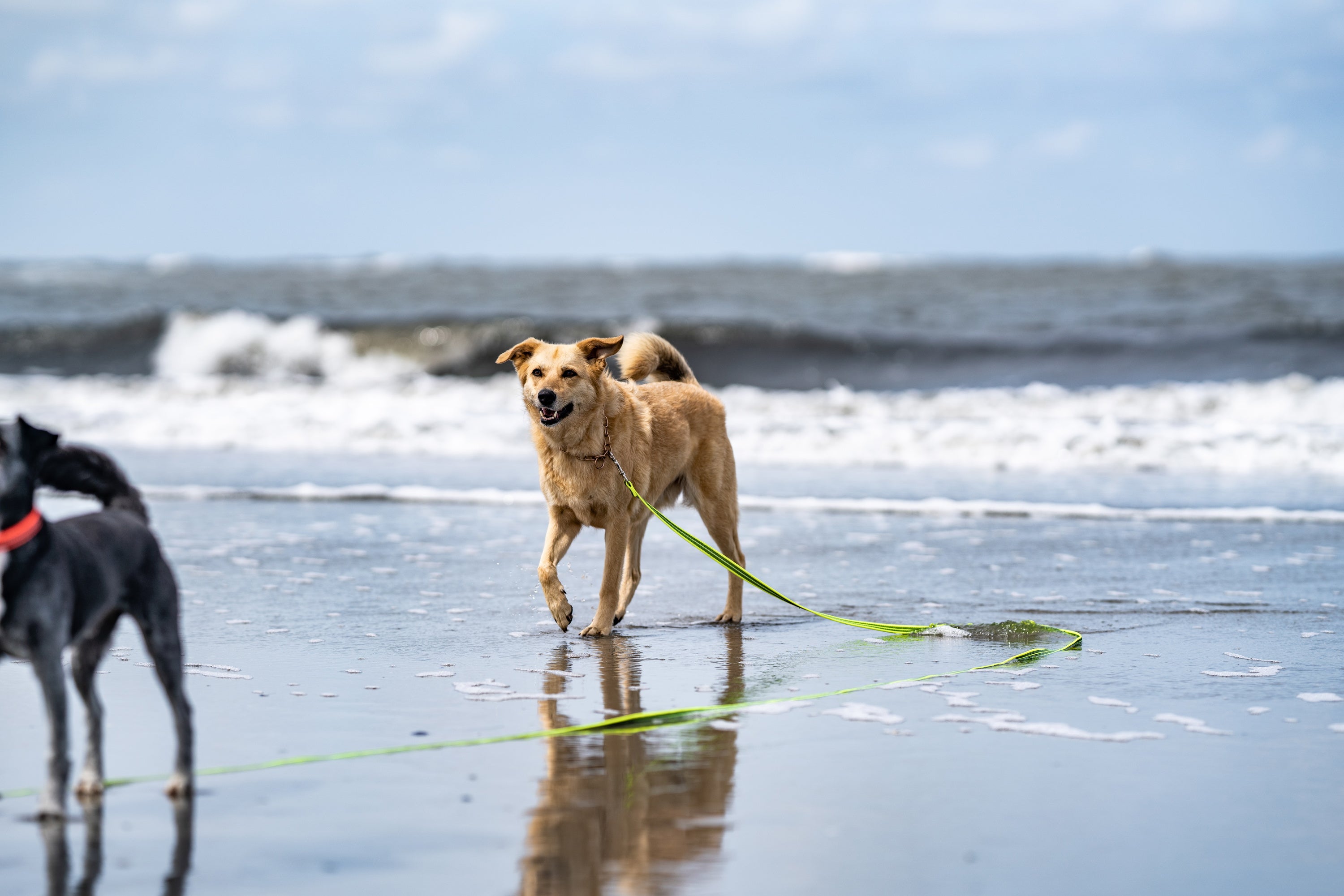
Dog leash materials
Dog leashes come in a wide variety of materials. The most popular materials for dog leashes include nylon, leather and Biothane®. However, rope leashes are also becoming increasingly popular as a fashion statement, while DIY-loving dog owners like to try their hand at making their own paracord dog leashes.
Each material gives the dog leash individual characteristics. For tracking leashes in particular, we recommend lightweight and durable rubberized nylon, as leads made from this material are not only easy to clean, but also provide a secure grip - even in muddy or wet conditions!
For exactly these reasons, dog leashes made of rubberized nylon also make great everyday leashes and training leashes.
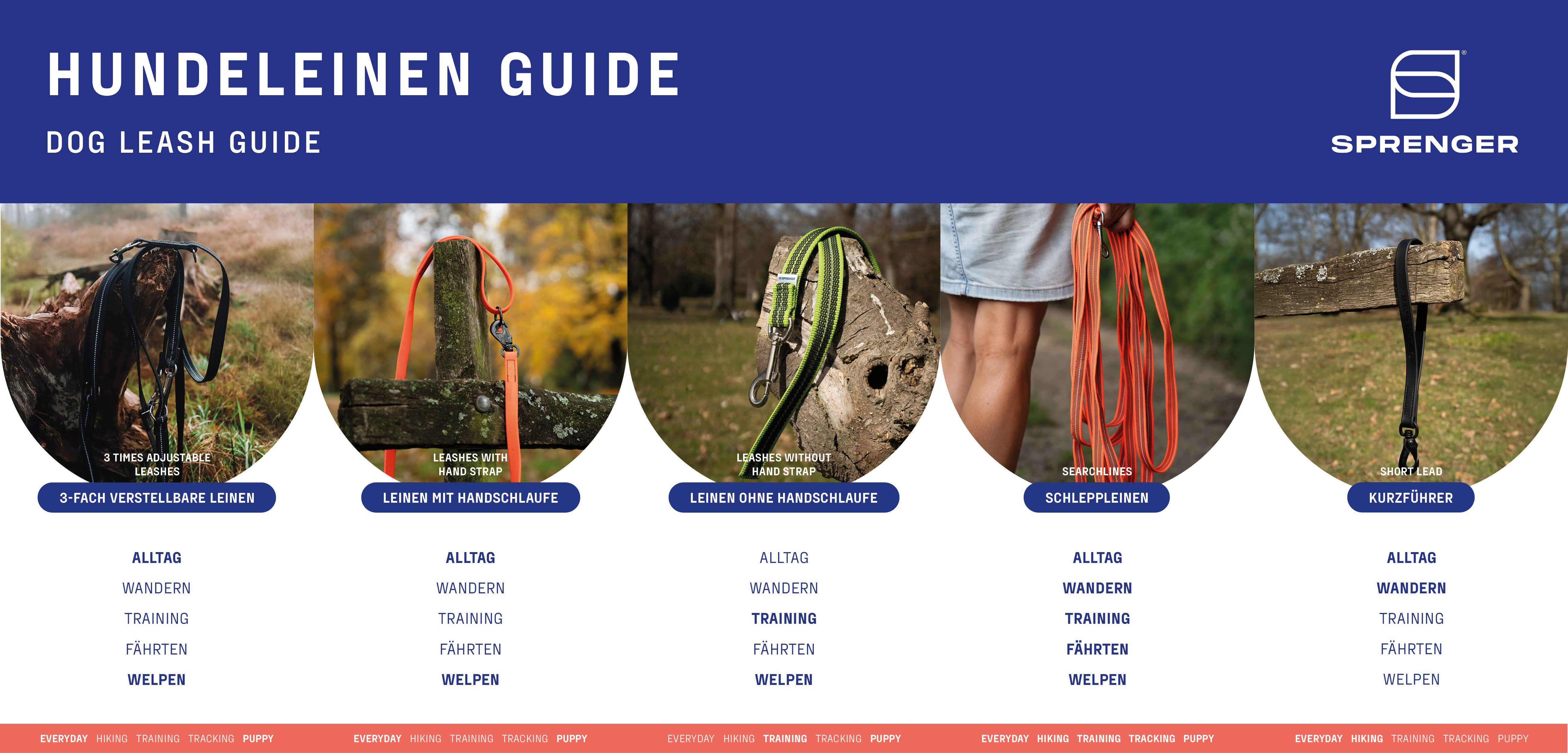
Which dog leash for which purpose?
Dog leashes need to suit you, your dog and your activities. While many dog leashes are suitable for different applications at the same time, it can sometimes make sense to use more than one type of leash.
If you need help choosing the right dog leash, feel free to contact us via the support here in the online shop or on social media.
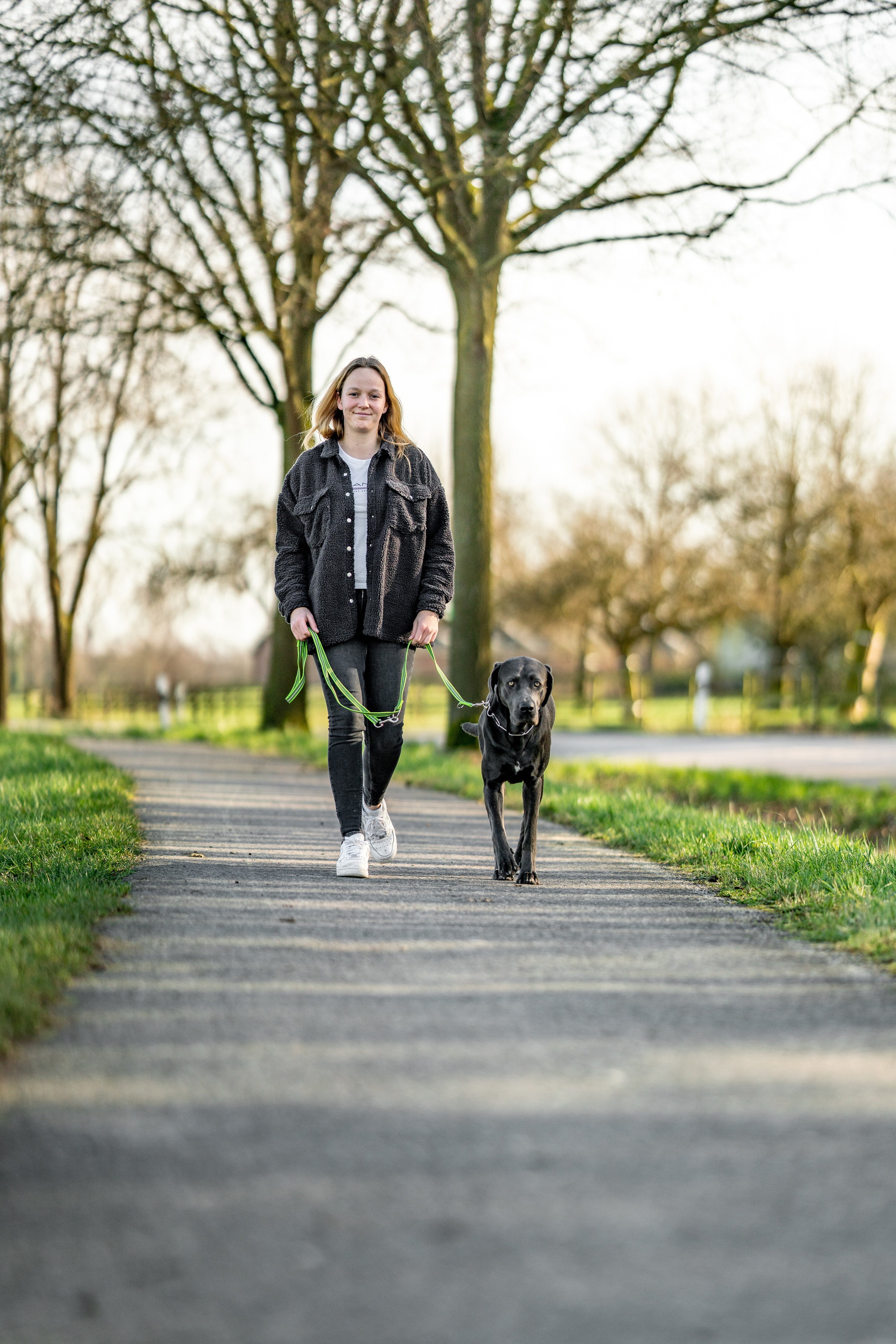
Which leash for daily walks?
Our recommendation: a 3-times adjustable dog leash.
This allows you to adjust the dog leash exactly to your needs and every situation. The two carabiners make the leash individually adjustable.
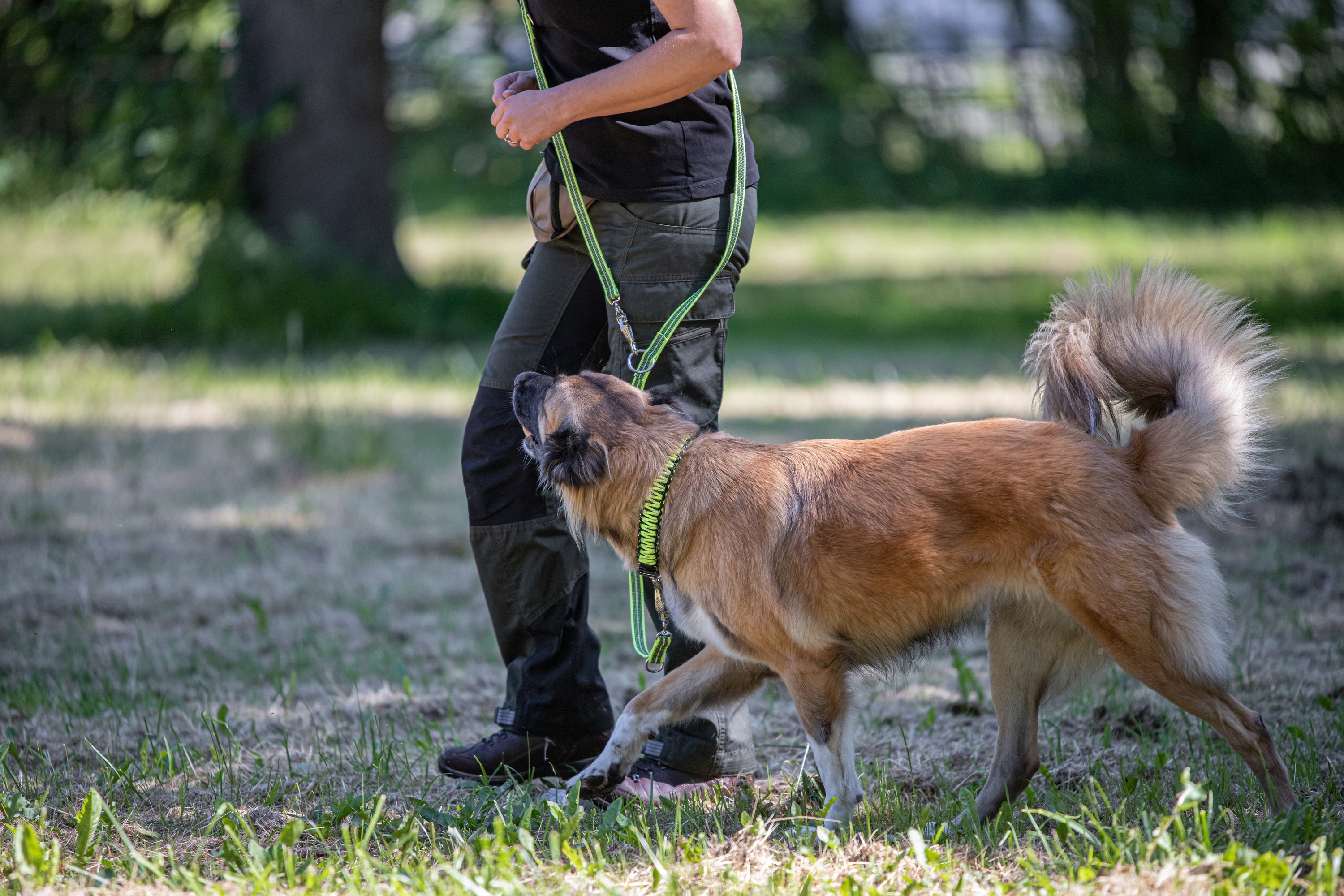
Dog leash for running
Are you not (yet) a canicross runner and don't want to invest in an expensive bungee dog leash for relaxed runs with your dog? Then you might want to consider a 3-times adjustable dog leash that you can hang around your body while running.
You prefer to hold the leash in your hand while running? Then a dog leash with hand strap is a good choice due to its light weight!

Puppy dog leash
Puppies often have a natural instinct to stay with their "pack", so depending on the situation, a leash may not be necessary at all. However, a light leash can still be useful, especially on roads or in areas with lots of wild animals or dogs. Our recommendation: dog leashes without a hand strap that can be held or pulled behind by the puppy as required.

When to use a short lead with a dog?
A particularly short leash (leashes with a length of 1 m or shorter) or a so-called short lead is particularly suitable whenever your dog needs to walk particularly close to you or needs to be quickly held on a shorter leash.
Typical situations include busy city centers or particularly narrow paths, but this can also include areas with particularly strict leash laws and specified maximum leash lengths.
What is a short lead?
The special thing about a short lead is that, due to its extremely short length of often just 30 cm, this dog lead can remain permanently attached to the collar or harness even during controlled free running or dog training, for example as part of obedience training. This means that the short lead can be picked up again at any time for control or correction without the dog having to be put back on the lead or the owner having to reach into the collar or harness.
The size of the dog must be taken into account, especially with short leads with a hand loop. As small dogs could trip over the lead or get caught in it, short leads with a loop are only used for medium-sized or large dogs in order to minimize the risk of injury.

Dog leash and collar set
Our colorful dog leashes made of rubberized nylon actually go with everything. But if you prefer a matching set, you should definitely discover our adjustable nylon collars!
And if you want to save money, you should really check out our dogsports bundles with rubberized nylon:
PART OF YOUR PASSION.
